National Parks with Links to Presidential History
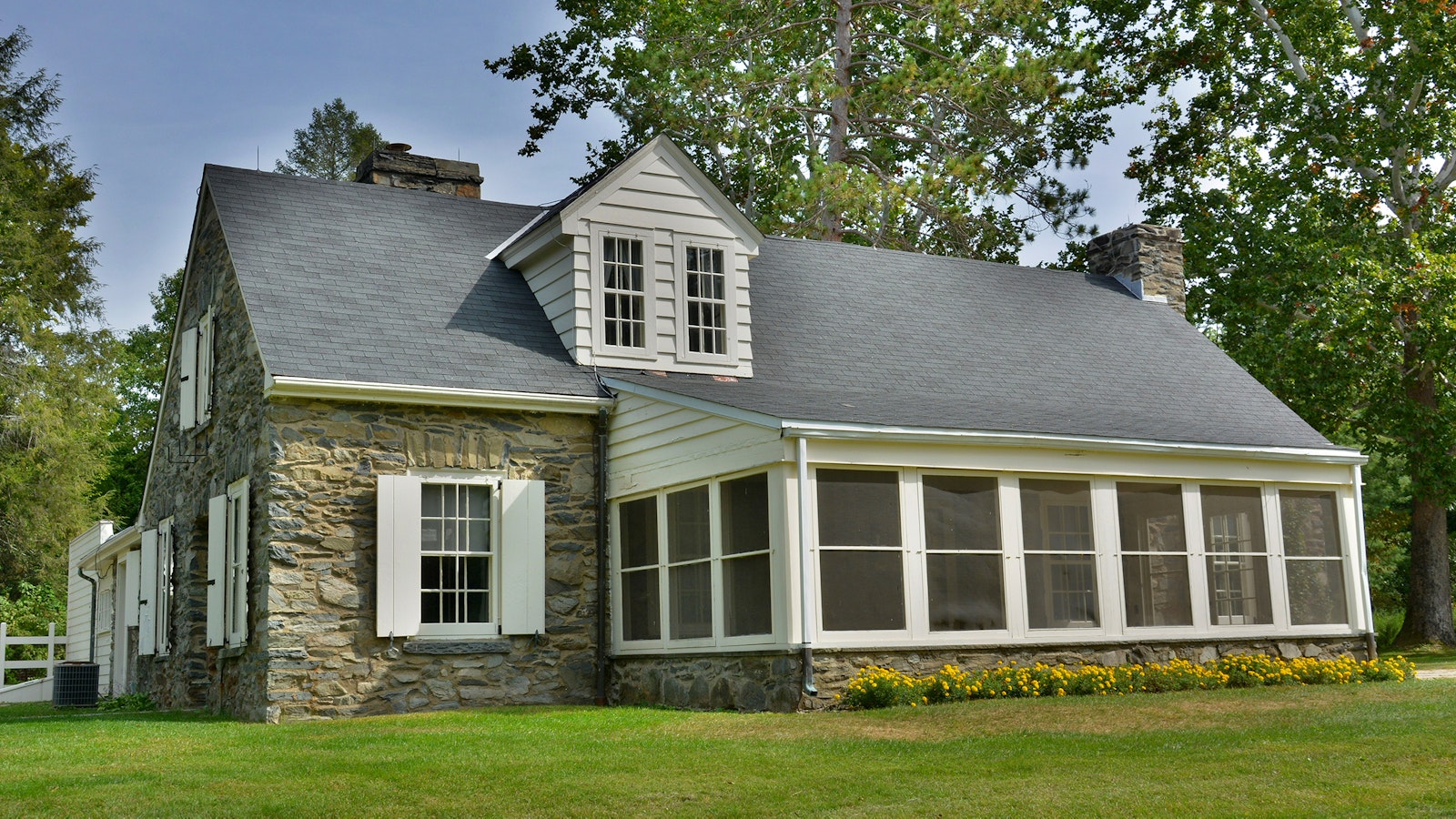
.
.
When it comes to national parks, you don’t have to go far to find a park with ties to a former Commander-in-Chief. Some sites commemorate the birthplaces of past presidents, while others memorialize the places where they sought solace in the years after their presidency. Still others mark important moments in a president’s term, or the people who helped establish and preserve a presidential legacy. The National Park Foundation (NPF) is proud to connect people to these parks and support the preservation and interpretation of these treasured places. Take a tour through just some of the national parks where presidential history was made, where legends and leaders forged a new path, and where today’s visitors can explore centuries of presidential history.
Federal Hall National Memorial
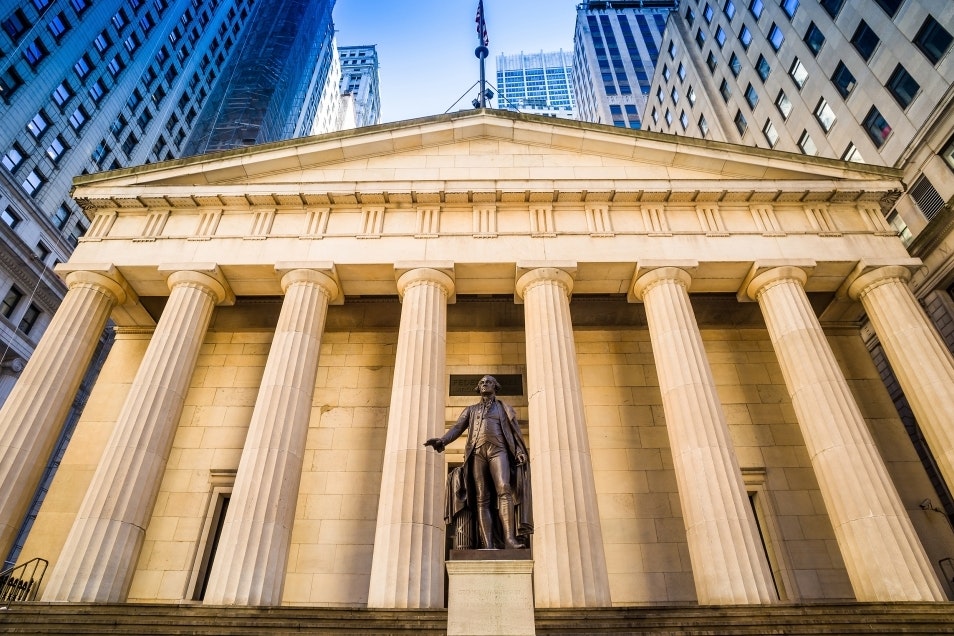
While an inauguration outside the Capitol building in Washington, D.C. now seems commonplace, it was actually on Wall Street that George Washington took his 1789 oath of office. The recently formed government decided to use the old City Hall building in New York City, remodeled by Pierre Charles L'Enfant for its new purpose and renamed Federal Hall, as the site for the new capitol. On April 30, 1789, Washington was inaugurated in front of a large crowd on an open-air balcony, swearing his oath of office on the Alter Bible of St. John’s Masonic Lodge, No. 1 (Washington and several Founding Fathers were Masons). When the Lodge is not using it, the Washington Bible, also used in the inaugurations of Presidents George H.W. Bush, Carter, Eisenhower, and Harding, is on display at the park.
Federal Hall also acted as the meeting place for the First Congress, and it was here the Bill of Rights was crafted. The original Federal Hall was torn down in 1812 after the government moved to the capital in Washington, D.C. and in 1842, the site became home to a U.S. Customs House before later becoming the U.S. Sub-Treasury. Inaugurations also moved down to the new capital city. To learn more about how Washington’s Cabinet decided the placement of a national capital, check out our blog on Hamilton.
Adams National Historical Park
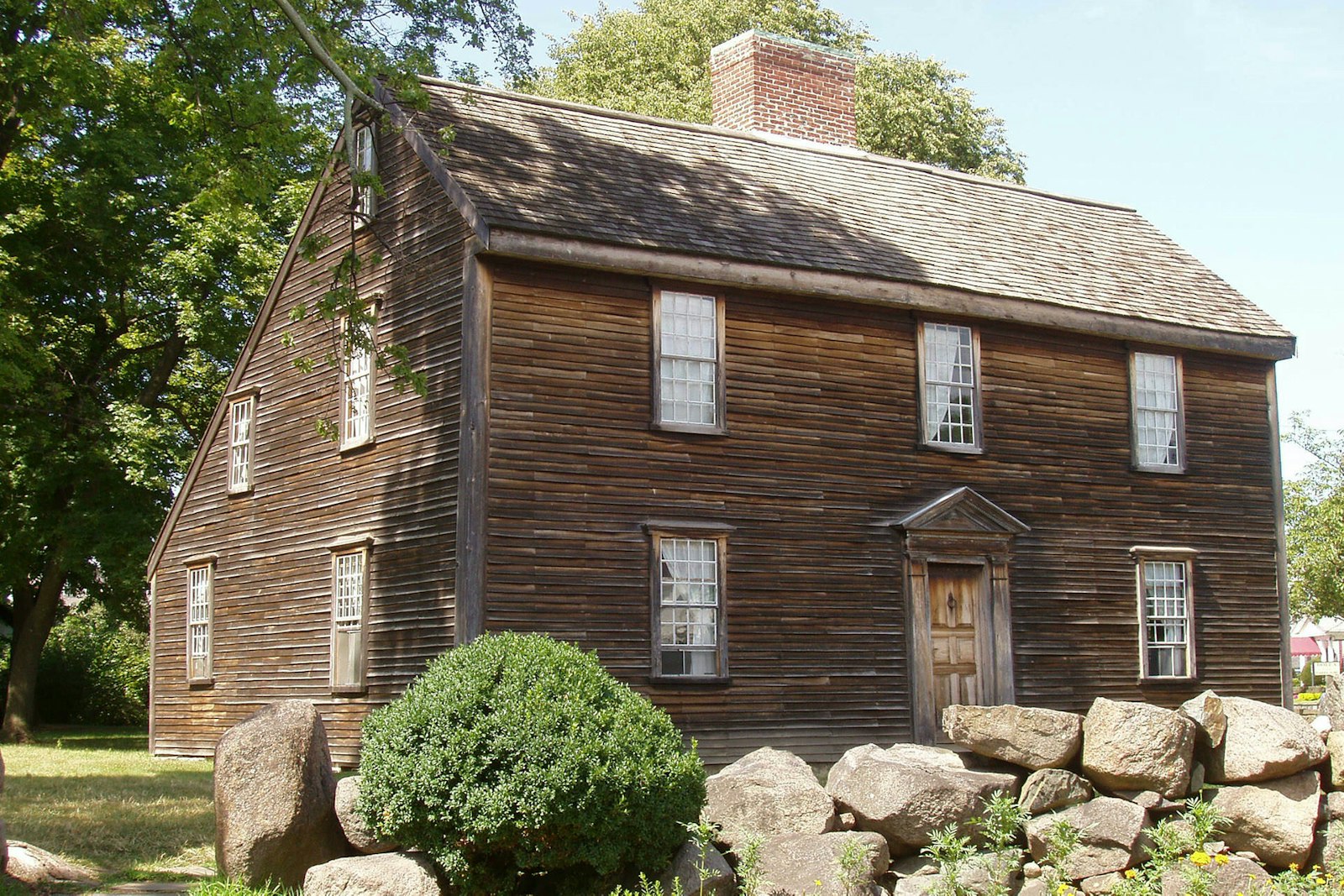
Home to a slew of public figures, including two presidents and first ladies, three U.S. ministers, historians, writers, and family members, Adams National Historical Park is steeped with presidential history. President John Adams was born here in 1735, and his son, President John Quincy Adams, was born in 1767 less than 75 yards away. John and Abigail Adams move dinto the farm in Braintree John had inherited from his father (later called "the Old House") after their marriage in 1764, and it was from here Abigail wrote numerous letters to her husband, detailing her thoughts on current events and her vision for the young country. John Adams consistently turned to Abigail for advice and support in his political career, and Abigail was a vocal abolitionist, once writing "I wish more sincerely that there was not a slave in the province," and an early advocate for women's rights, urging John Adams to "remember the ladies."
Four generations of the Adams family lived in this estate outside of Boston, including John Quincy Adams and another first lady, his wife Louisa Catherine Adams. Louisa also played a vital role in her husband's political career, and the two remained united in their work in the abolition and women's rights movements. Visitors to the park today can enjoy guided tours of the historic homes where these figures worked, lived, and shaped history, including the “Old House” and the Stone Library, containing John Quincy Adams' personal book collection.
Stories such as those of Abigail Adams and Louisa Catherine Adams are critical in understanding a more comprehensive and inclusive American narrative. NPF and the National Park Service are working together to recognize the contributions women have made to our country and the role they continue to play in our ever-evolving narrative. NPF's Women in Parks program grants funds to projects that unearth, preserve, and highlight women's stories tied to national parks across the country.
President's Park
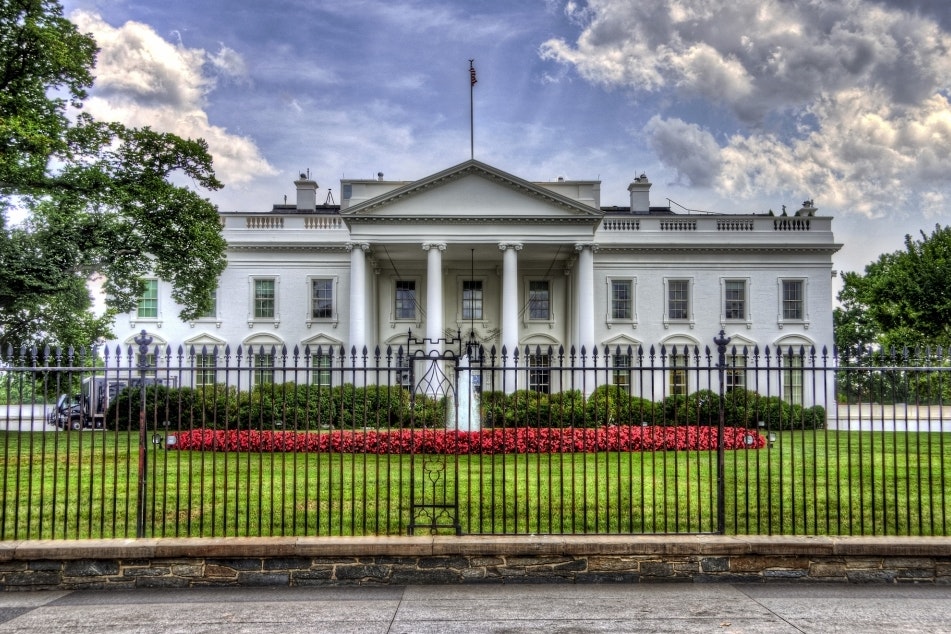
One of the most iconic symbols of our nation, the White House in President’s Park has been the home of every president except George Washington, and contains many stories linked to our country’s history, culture, and heritage. In August 1814, when invading British troops marched into Washington, D.C. and set fire to many local landmarks, including the White House, then First Lady Dolley Madison oversaw the evacuation of the building, including the preservation of precious artifacts. She specifically instructed Paul Jennings, a 15 year-old African American enslaved person, to save Gilbert Stuart’s full-length portrait of George Washington – the portrait is currently the only item on display today that was present when the White House originally opened in 1800.
The White House has also played host to suffragists, freedom riders, LGBTQ+ rights advocates, anti-war protestors, Native American delegations, and more. In 1917, the National Woman's Party, led by Alice Paul, began the long-standing act of picketing outside the White House as citizens marched to ask, "Mr. President, How Long Must Women Wait for Liberty?" And in 1963, President John F. Kennedy met with the organizers of the March on Washington in the Oval Office, including A. Philip Randolph and Dr. Martin Luther King, Jr. The White House also serves as the backdrop for the annual National Christmas Tree Lighting, supported by NPF.
Frederick Douglass National Historic Site
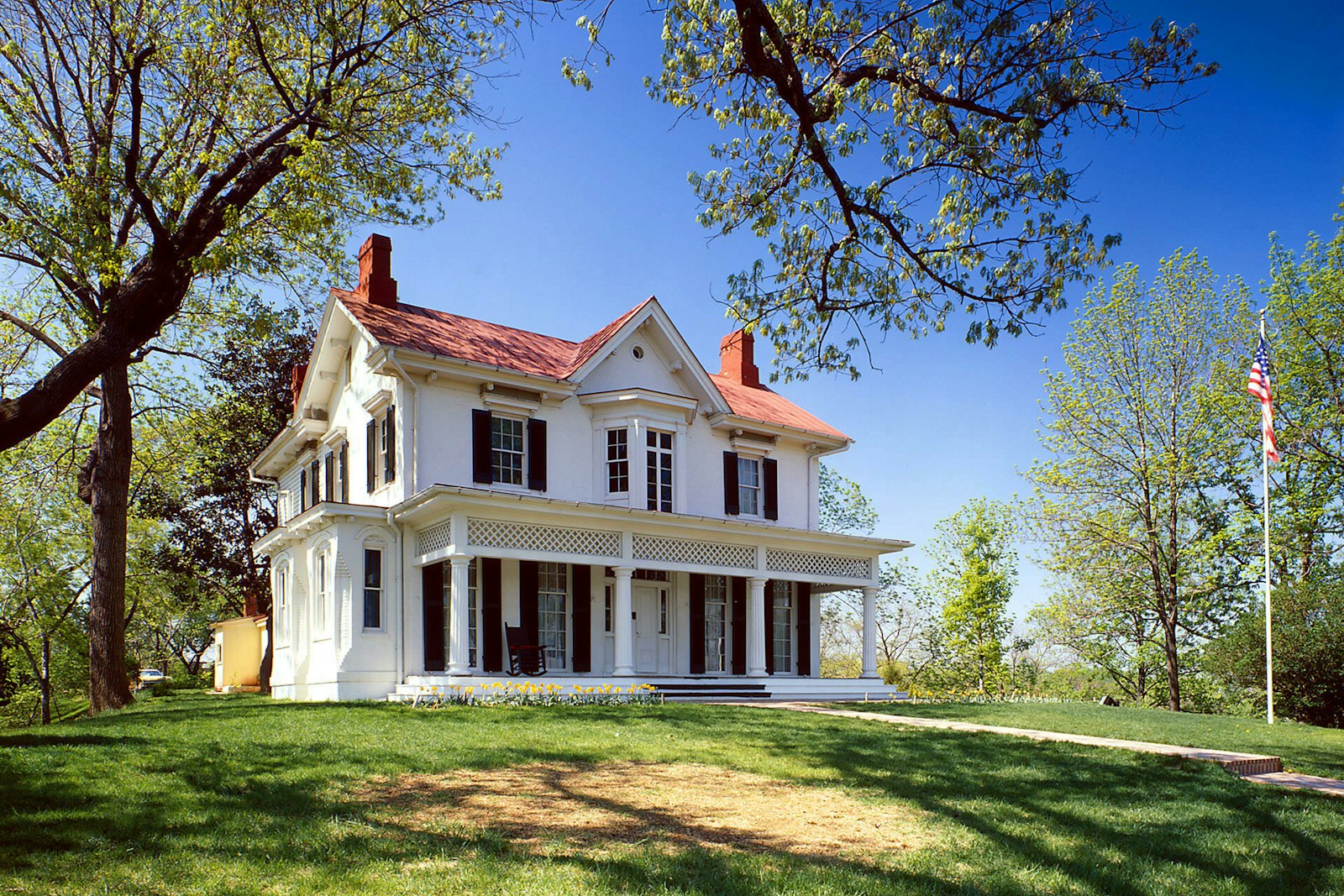
While the White House is located in the capital city’s northwest quadrant, just across the Anacostia River in the southeast quadrant lies another historic home packed with presidential history – Frederick Douglass National Historic Site. Just 53 miles from where he was born into slavery, it was here that Douglass spent the final decades of his life. Though Douglass moved into the home in 1878, he had visited Washington, D.C. during the Civil War to discuss his ideas with President Abraham Lincoln. Douglass had backed Lincoln in the 1860 presidential election, but their differences in opinion over approaching the issue of slavery were well documented through public addresses and publications.
First invited to the White House in August 1863, Douglass urged Lincoln to improve the condition of African American soldiers. A year later, Douglass returned to the White House to discuss emancipation efforts, and in 1865, he was invited to Lincoln's second inauguration. Upon Lincoln's death, Douglass was gifted the late president's walking stick, now on display at the park. Douglass continued to fight for equality for all Americans after moving to Washington, D.C., serving in the administrations of four presidents. Frederick Douglass’s inspiring story is preserved in parks up and down the east coast, but it is here in this Anacostia house where you can glimpse the personal life of this legendary figure, inextricably tied into the history of a presidency and our nation on the whole.
NPF has supported many projects at the park over the past ten years, including a multi-year oratorical contest for local students, the preservation of items in Douglass’ library, and supporting – through our Open OutDoors for Kids program – field trips for 4th graders in the D.C. and Baltimore Metropolitan areas in 2017.
Ford's Theatre National Historic Site
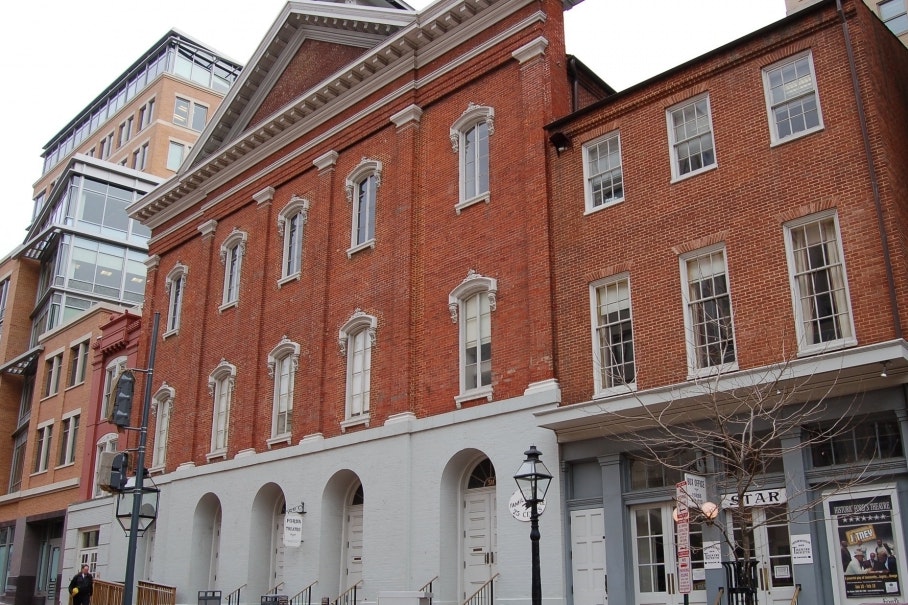
The story of President Abraham Lincoln’s 1865 assassination is one that is familiar to most of us. But this is just a slice of the rich history of the site, now preserved as Ford’s Theatre National Historic Site. First constructed as the First Baptist Church in 1833, the building was bought and renovated by Baltimore theatre entrepreneur John T. Ford in 1862.
After a fire, the building was renovated yet again and reopened as Ford's New Theatre, where well-known actors like John Wilkes Booth performed a mixture of comedies, variety shows, and classical works. Lincoln actually attended a performance of The Marble Heart starring Booth in November 1863.
After Lincoln’s assassination during a performance of Our American Cousin, the President was taken across the street to the home of German tailor William A. Peterson, now also part of the park, where he died the next morning. Ford decided to shut down his theatre and sold it to the War Department. The theatre stage would go dark for over 100 years until 1968, when the Ford’s Theatre Society, founded by Frankie Childers Hewitt, launched its reintroduction of live performances at the newly restored theatre. Visitors today can explore the story of Lincoln’s assassination, as well as the theatre’s rich history before and after the fateful event that shook a nation, before taking in a show of their own in the theatre which looks remarkably similar to the theatre Lincoln himself attended.
Theodore Roosevelt Inaugural National Historic Site
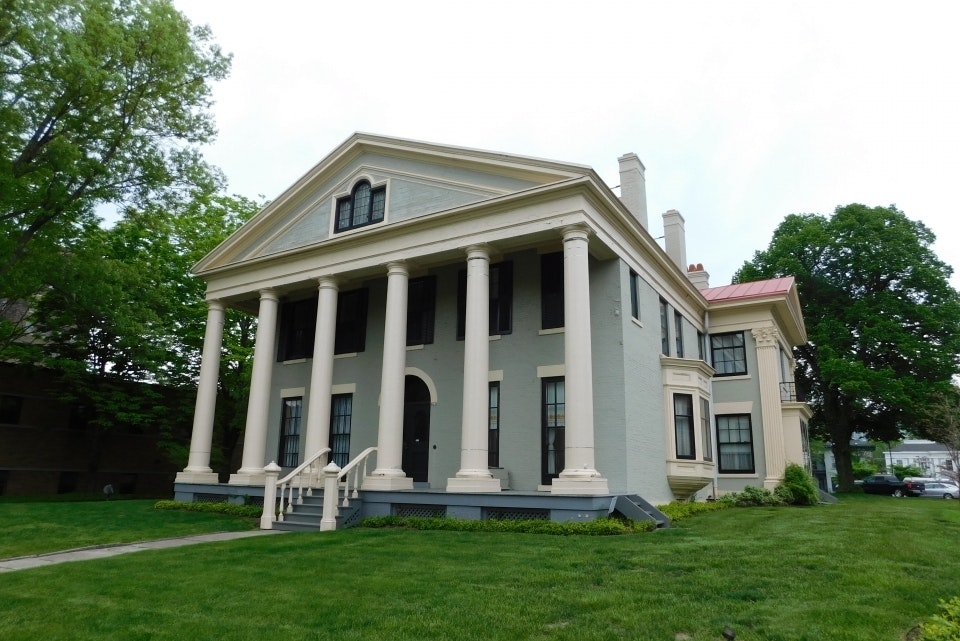
In 1901, there was a unique, unexpected inauguration ceremony in Buffalo, New York that was emotional, brief, and quiet. Yet it began one of the most impactful and influential presidents in America’s history, swearing into office President Theodore Roosevelt. The news of President William McKinley's impending death found its way to a vacationing Roosevelt while he was on a hike in the Adirondack mountains in upstate New York. Within days, Roosevelt took his oath of office in the library of his friend Ansley Wilcox's Buffalo mansion, dressed in borrowed clothes.
Already known as a "Rough Rider" with an energetic and foreceful personality by the time of his inaguration, Roosevelt's presidency created protections for ordinary citizens, began the regulation of big business, and made the U.S. a major force in international affairs. Seven years into his presidency, he oversaw the enactment of the Antiquities Act and designated 23 sites that would be the first parks to be protected upon the creation of the National Park Service by President Woodrow Wilson. Roosevelt’s legacy is felt in over 400 national parks today, and its distinctive beginnings live on at Theodore Roosevelt Inaugural National Historic Site, where Wilcox’s mansion, featuring a combination of historically restored rooms and interactive exhibits, allows visitors the opportunity to get a glimpse at one of the most private, solemn inaugurations in our history.
Through NPF’s Open OutDoors for Kids program, Buffalo City School District students in 2018 and 2019 were able to explore the site and its ties to the Progressive Era, exploring the ethnic and racial makeup of the city and their local neighborhoods at the time of Roosevelt’s inauguration and the Pan-American Exposition’s role in introducing new technology.
Eleanor Roosevelt National Historic Site
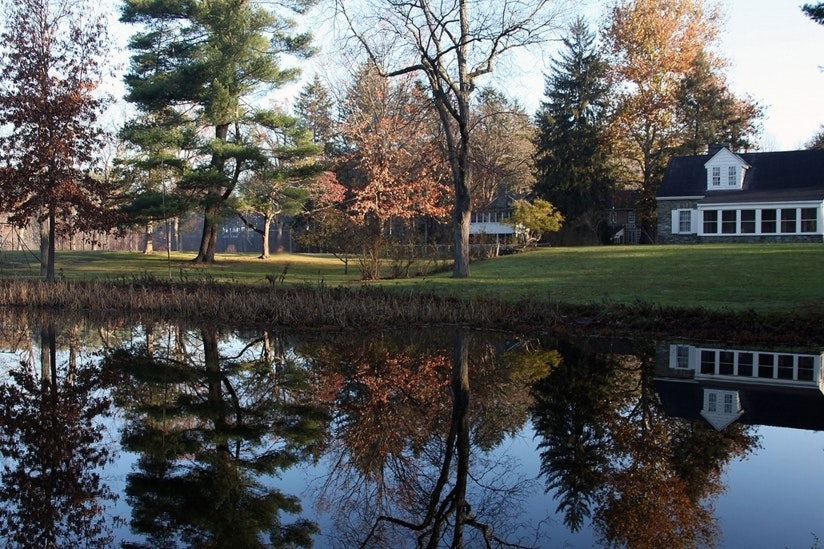
Eleanor Roosevelt was one of the most influential leaders of the 20th century, and her life and legacy, as both the wife to President Franklin Delano Roosevelt and an outspoken activist in her own right, are honored at Eleanor Roosevelt National Historic Site. In 1921, Franklin Roosevelt was stricken with polio, and Eleanor Roosevelt became increasingly active in politics, something which continued into her husband's presidency as she became "the president's eyes, ears, and legs." Through her activism and post-war diplomacy, she played a key role in the development of civil and human rights for all people.
Val-Kill Cottage, built in 1924 on the Roosevelt family estate in Hyde Park, New York, was a symbol of Eleanor Roosevelt’s partnership with Nancy Cook, Marion Dickerman, and Caroline O’Day. It was here the Roosevelts and their guests discussed global conflicts, civil rights, and the future of democracy. Visitors to the park today can visit Val-Kill Cottage, with four rooms furnished to reflect their appearance in the later years of Eleanor Roosevelt's life, when she retired back to Val-Kill. You can also meander the same pathes Eleanor walked daily around Hyde Park, or visit the nation's first Presidential Library – the park provides many ways to reflect on the life and legacy Eleanor Roosevelt.
Jimmy Carter National Historical Park
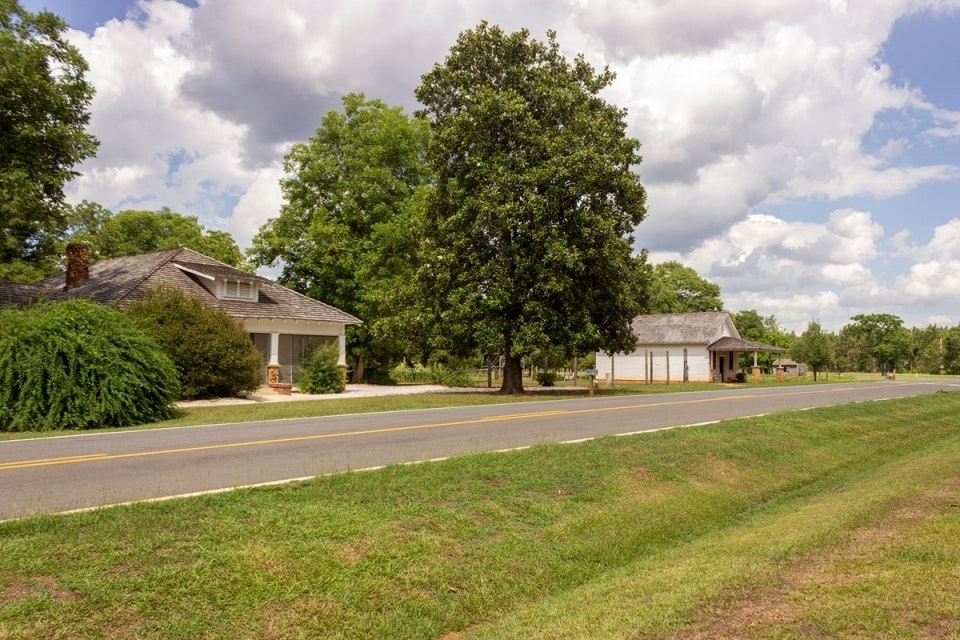
Born in the small rural town in Georgia, President James Earl "Jimmy" Carter, Jr. was heavily influenced by his childhood, where he spent most of his time working and playing with the African American children in his farming community. The landscape of Carter's early years, including his boyhood farm, Plains High School, where he and Rosalynn Carter graduated in 1944, and the historic Plains Depot, a freight and passenger depot that served as Carter's presidential campaign headquarters in 1976, are preserved today as Jimmy Carter National Historical Park.
Dedicating his life to service, Carter served in the Navy before taking over his father's peanut business. He and Rosalynn turned Golden Peanut Company into a successful production and processing business, with Rosalynn handling the accounting for the company. Elected president in 1976, Carter expanded the National Park System by signing into law the 1980 Alaska National Interest Lands Conservation Act (ANICLA), setting aside 104 million acres of land, ensuring that large portions of the Alaskan wilderness remain undeveloped. The beauty of Denali, Glacier Bay, and Katmai, just to name a few, are now protected by the National Park Service thanks to President Carter.
NPF has supported a variety of projects at this park, including a youth crew to Jimmy Carter National Historical Park and nearby Andersonville National Historic Site to help with ground maintenance and signs in 2019. In 2014 and 2015, the Open OutDoors for Kids program helped students learn about butterflies through the park’s Rosalynn Carter Butterfly Trail and other pollinators on a visit to Jimmy Carter’s Boyhood Farm.
First Ladies National Historic Site
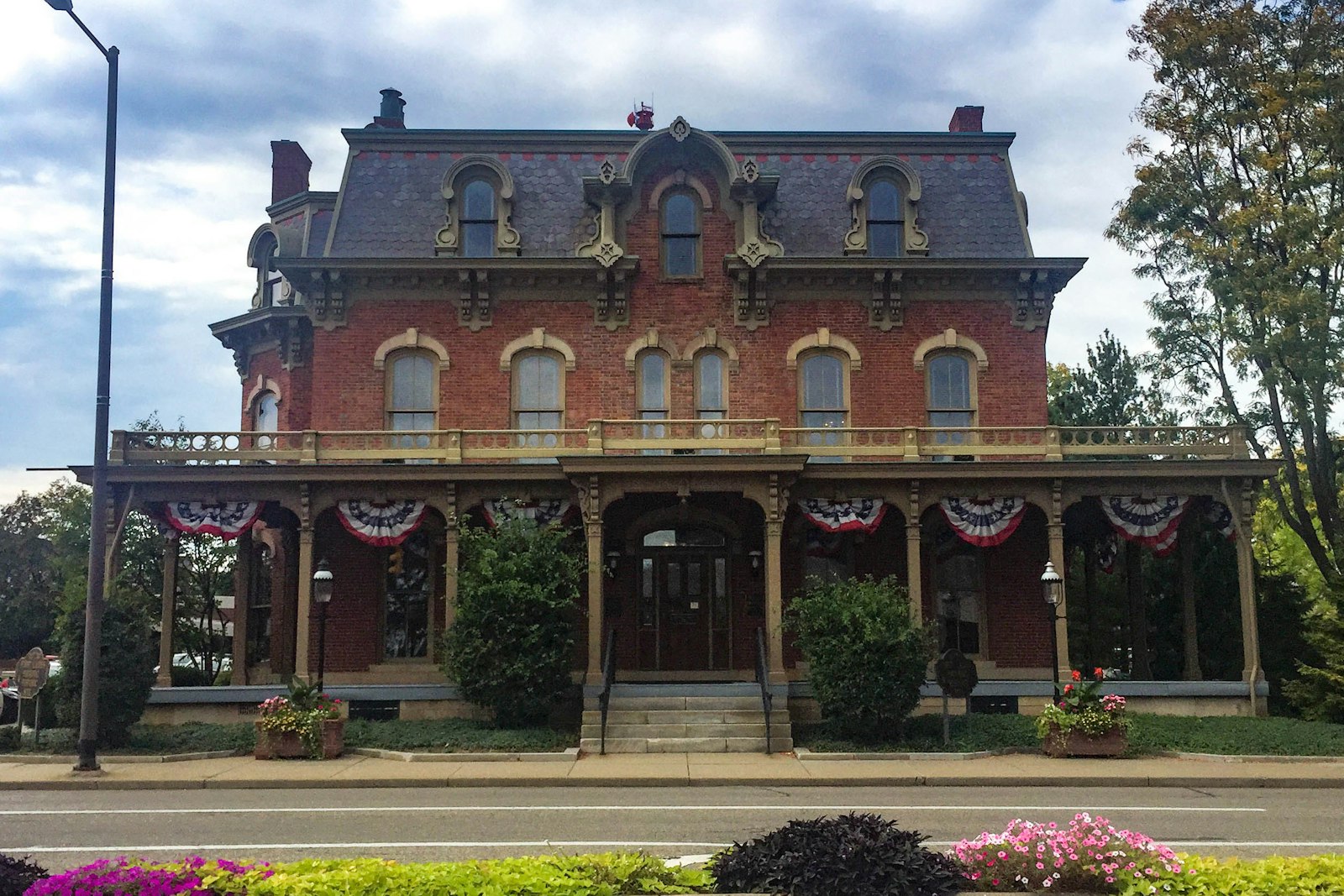
Though never declared an official government duty, the role of the first lady has evolved over time into its own active, prominent position, performing duties and services recognized throughout the world. While their choices may have been guided by political considerations and the evolving role of women in American society, every first lady has contributed to the history of the American presidency. First Ladies National Historic Site, located in the Canton, Ohio home of First Lady Ida Saxton-McKinley, honors the work and legacy of these historic figures.
Since 1789, when Washington was first inaugurated on the steps of Federal Hall, America has seen a first ladies with a wide range of interests, initiatives, and leadership styles. From Abigail Adams and her letters with John Adams, to Anna Eleanor Roosevelt, who became the first first lady to hold her own press conference (though she disliked the title of first lady and preferred being called Mrs. Roosevelt), first ladies have played a crucial role in shaping our history. Ida Saxton-McKinley herself exchanged letters with suffrage leader Susan B. Anthony and personally crocheted slippers that were auctioned at charitable events – over her lifetime she would crochet over 3,000 such slippers. Visitors to the park today can learn more about these extraordinary figures and leaders, as well as explore the historic Saxton House where the Saxtons and McKinleys would greet their guests.
The stories of our nation’s leaders are tied to those of the people around them, as well as the history of our national parks. These are just a few of the places protected by the National Park Service that have ties to presidential history – with over 400 national parks nationwide, there is always more to explore and discover. And as our nation’s story continues to grow and our history continues to develop, it will be our national parks that preserve these stories and connect us to them.